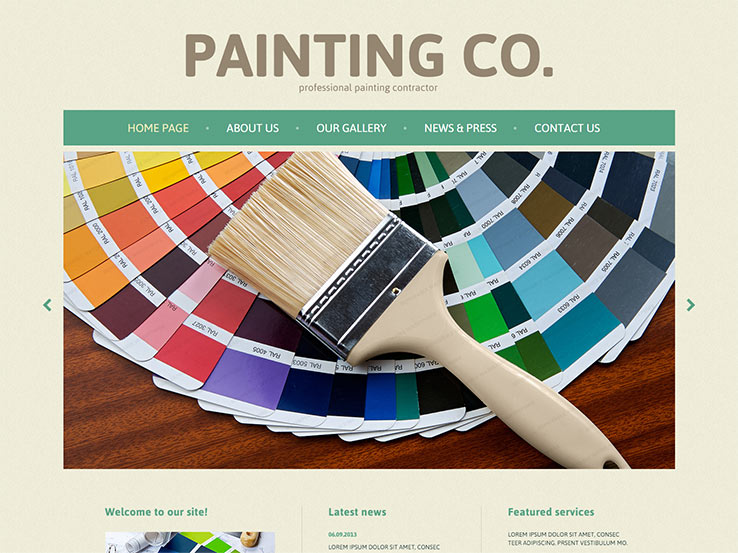Explore The Impact Of Seasonal Aspects On The Performance Of Industrial Outside Paint And Determine The Optimum Times To Achieve Enduring Outcomes For Your Task
Explore The Impact Of Seasonal Aspects On The Performance Of Industrial Outside Paint And Determine The Optimum Times To Achieve Enduring Outcomes For Your Task
Blog Article
Posted By-Regan Skafte
When you're intending a business external paint project, seasonal aspects can make or break your outcomes. You'll want to take into consideration just how temperature and moisture effect paint application and drying out times. Selecting the right period can guarantee your paint sticks appropriately and lasts much longer. Yet which periods are absolutely the very best for this sort of job? Let's explore the key elements that can influence your task's success.
The Influence of Temperature on Paint Application
When you're preparing an industrial external painting project, the temperature level can dramatically affect how well the paint adheres and dries out.
Ideally, you want to paint when temperatures vary in between 50 ° F and 85 ° F. If how long does paint last in a can 's also cold, the paint might not heal appropriately, leading to issues like peeling off or fracturing.
On the other hand, if it's also warm, the paint can dry also swiftly, preventing correct attachment and leading to an irregular coating.
You must likewise consider the moment of day; early morning or late afternoon uses cooler temperatures, which can be much more favorable.
Always check the maker's suggestions for the certain paint you're making use of, as they commonly provide guidance on the perfect temperature level variety for optimum outcomes.
Moisture and Its Impact on Drying Times
Temperature level isn't the only ecological factor that affects your industrial outside paint task; humidity plays a substantial role also. High moisture degrees can reduce drying times dramatically, affecting the overall high quality of your paint task.
When the air is saturated with moisture, the paint takes longer to treat, which can bring about concerns like poor adhesion and a greater risk of mildew growth. If you're repainting on a particularly moist day, be gotten ready for extended wait times in between layers.
It's essential to keep track of neighborhood weather and plan accordingly. Preferably, aim for moisture degrees in between 40% and 70% for optimal drying.
Keeping these factors in mind guarantees your task stays on track and delivers a long-term coating.
Best Seasons for Commercial Exterior Paint Projects
What's the best season for your industrial exterior painting tasks?
Spring and very early autumn are typically your best options. During these periods, temperatures are light, and humidity degrees are typically lower, producing optimal problems for paint application and drying.
Stay clear of summer's intense heat, which can create paint to completely dry also quickly, bring about bad attachment and surface. Likewise, wintertime's chilly temperature levels can prevent appropriate drying and healing, risking the durability of your paint work.
Go for days with temperatures in between 50 ° F and 85 ° F for ideal results. Bear in mind to inspect the regional weather forecast for rainfall, as damp problems can destroy your task.
Planning around these aspects ensures your paint job runs efficiently and lasts much longer.
Final thought
In conclusion, intending your industrial exterior paint jobs around seasonal considerations can make a significant distinction in the outcome. By organizing job throughout the perfect temperatures and moisture degrees, you'll make certain much better attachment and drying times. Remember to watch on regional weather report and select the right time of year-- spring and early autumn are your best bets. Taking these actions will help you accomplish a sturdy and expert surface that lasts.
